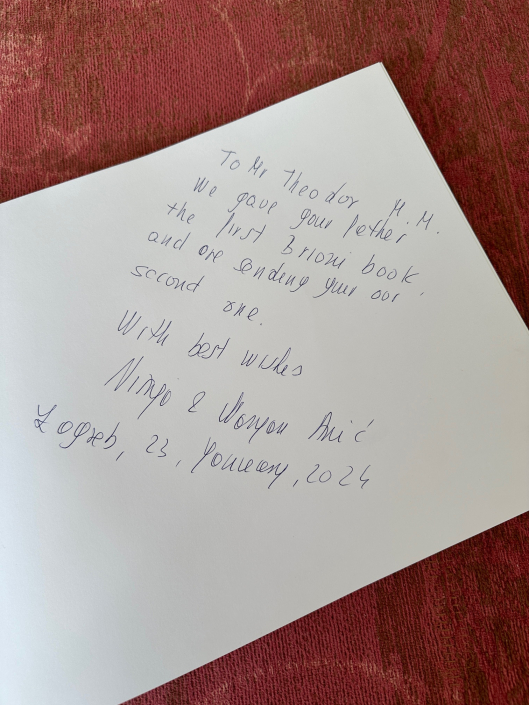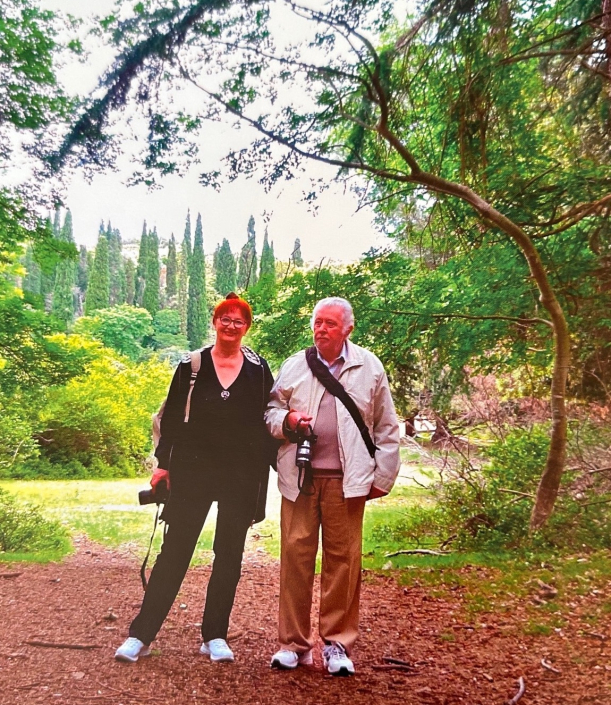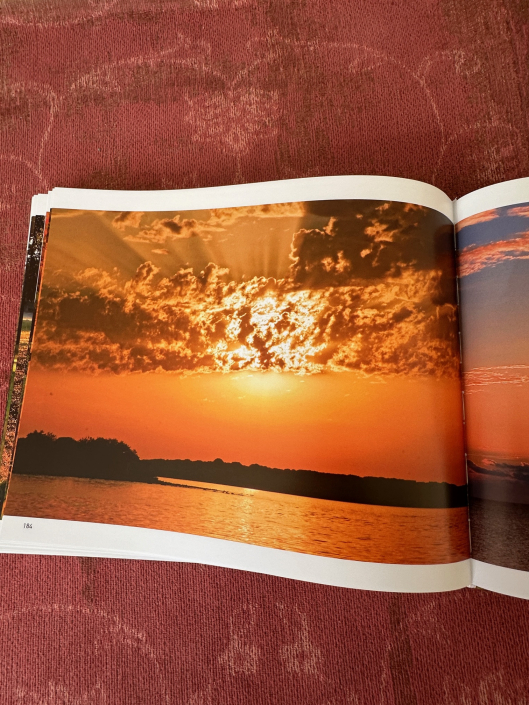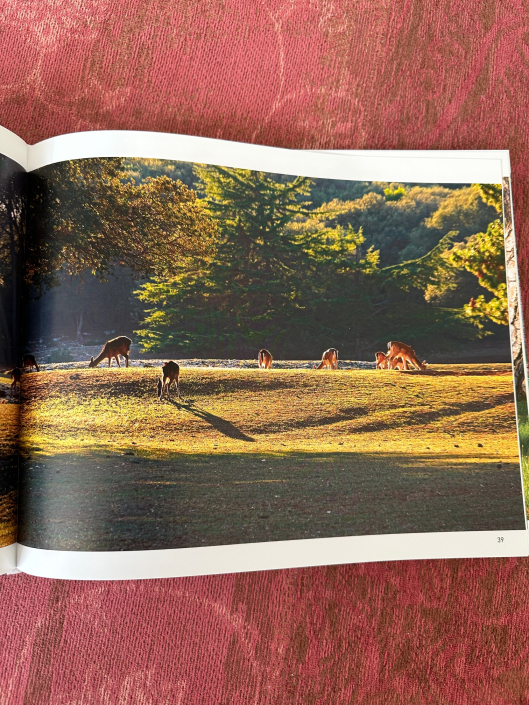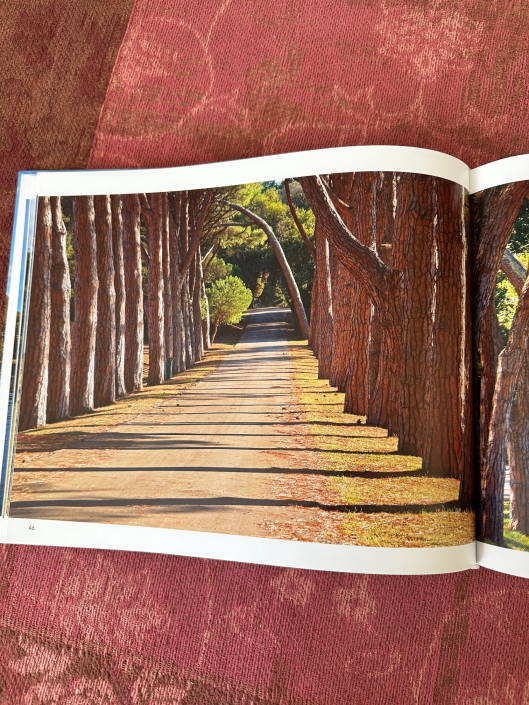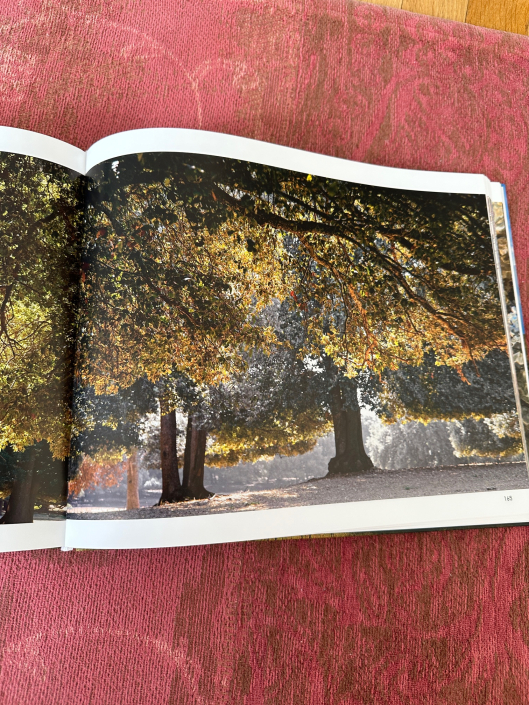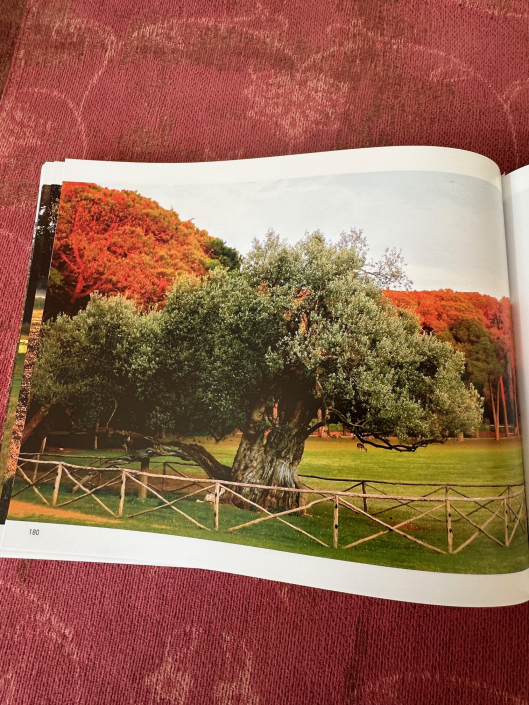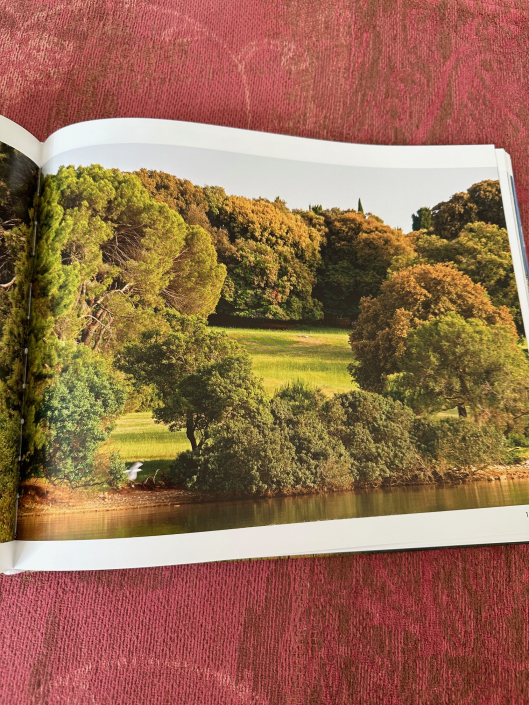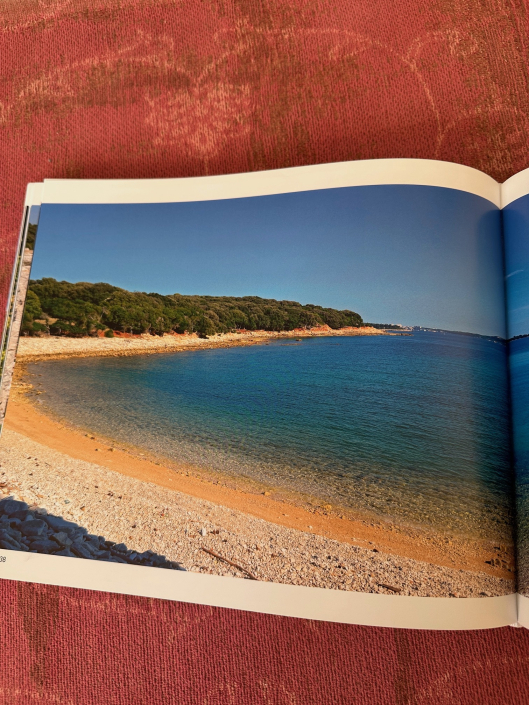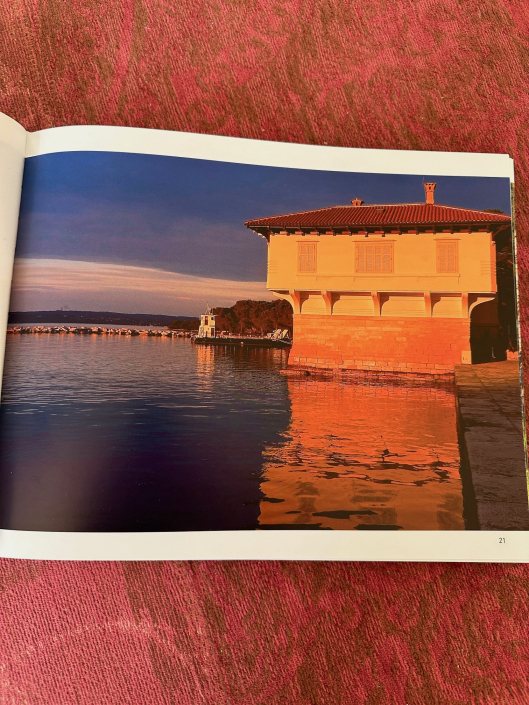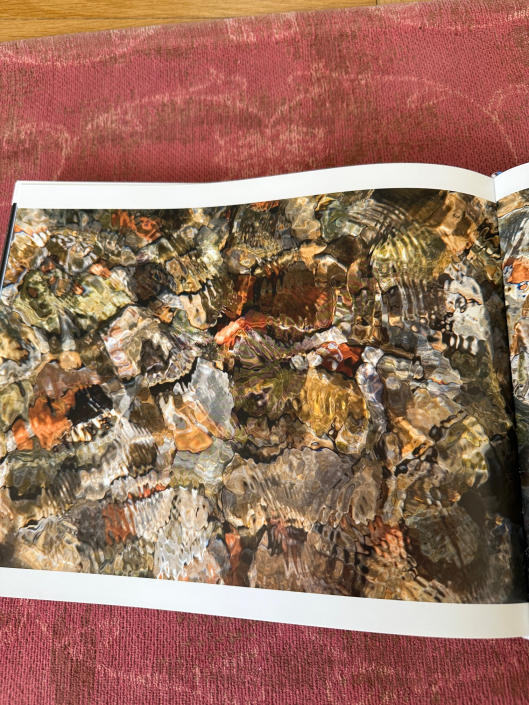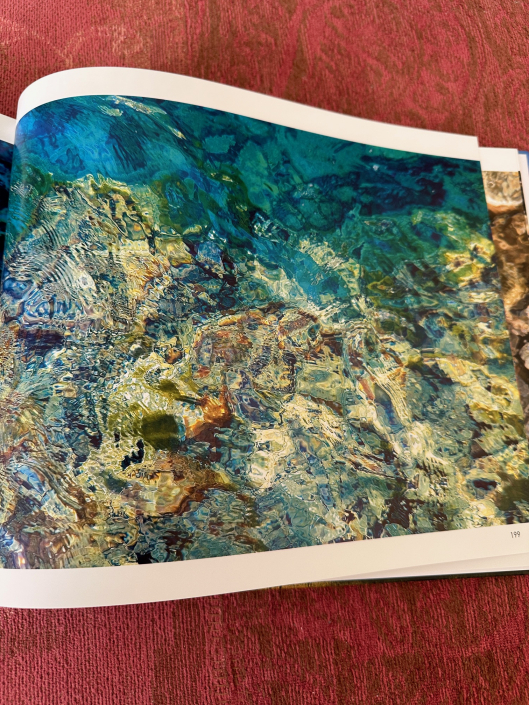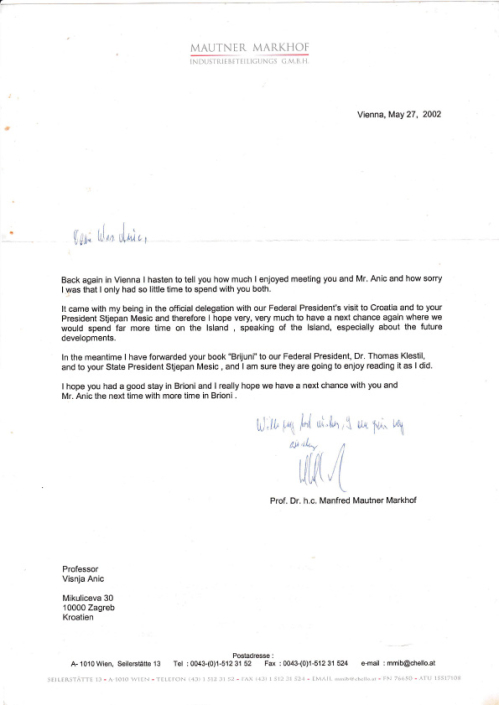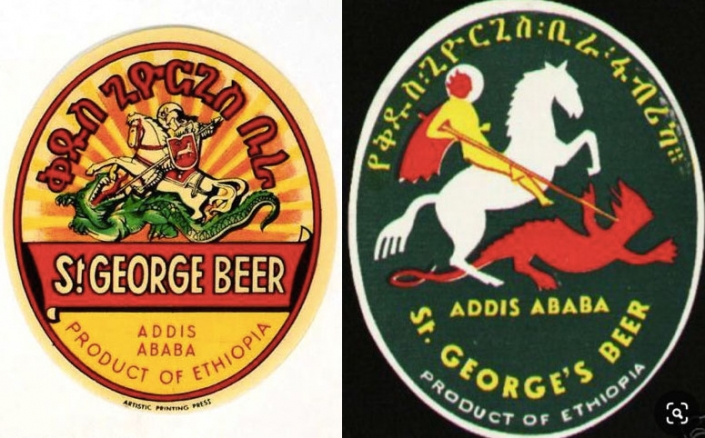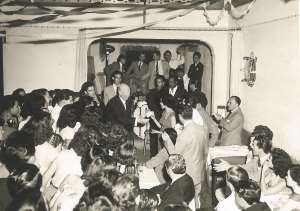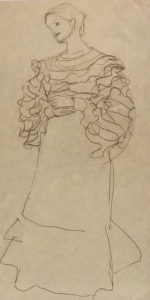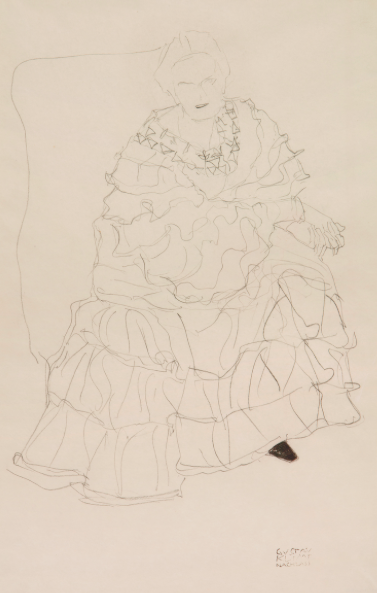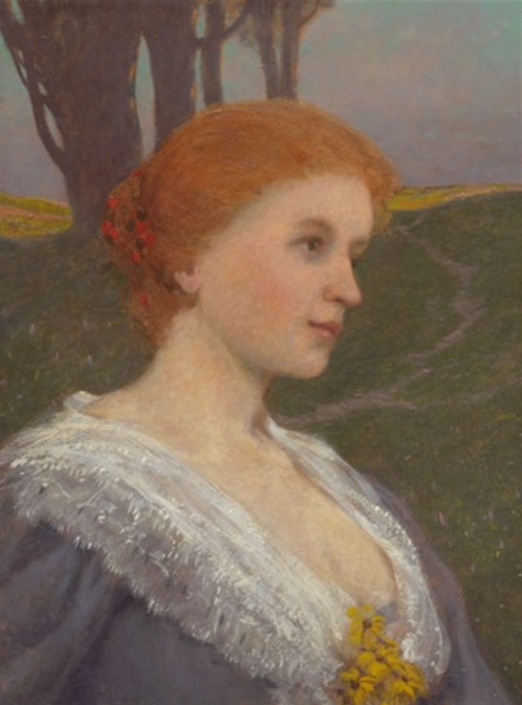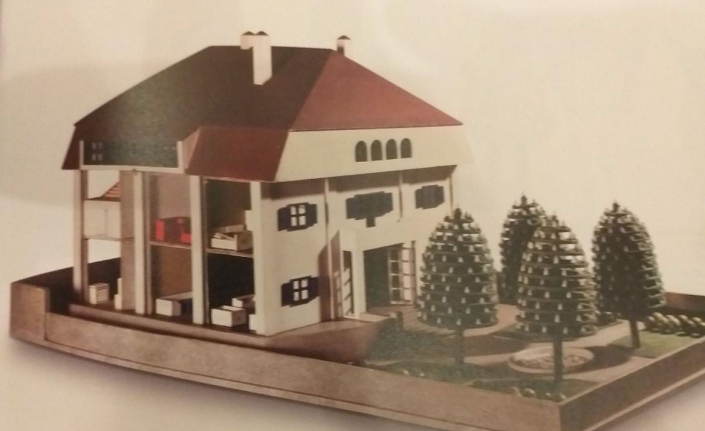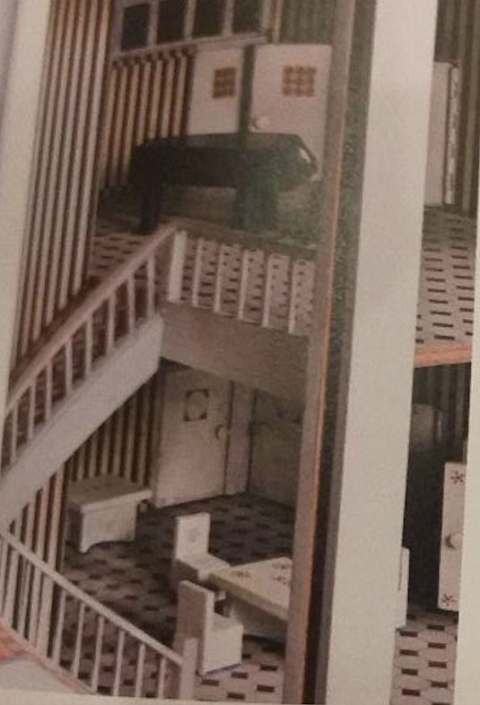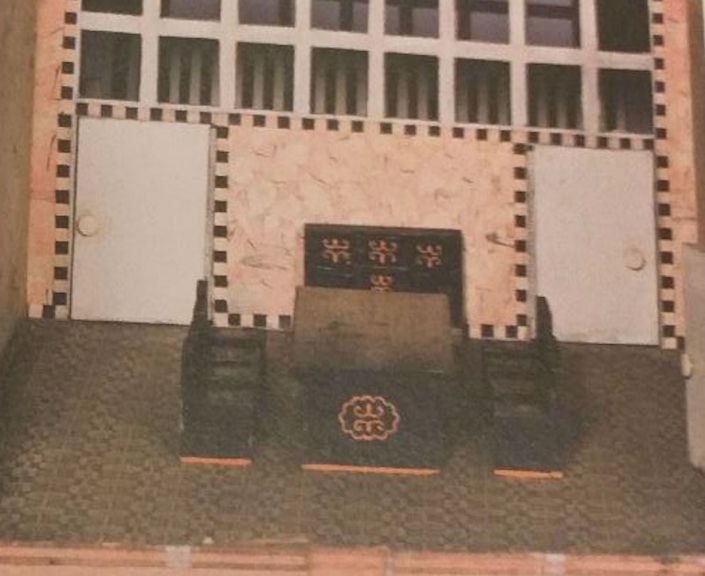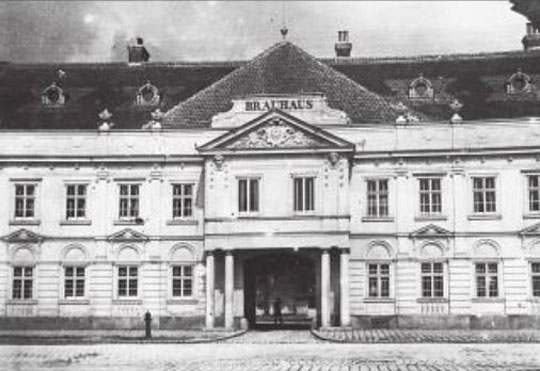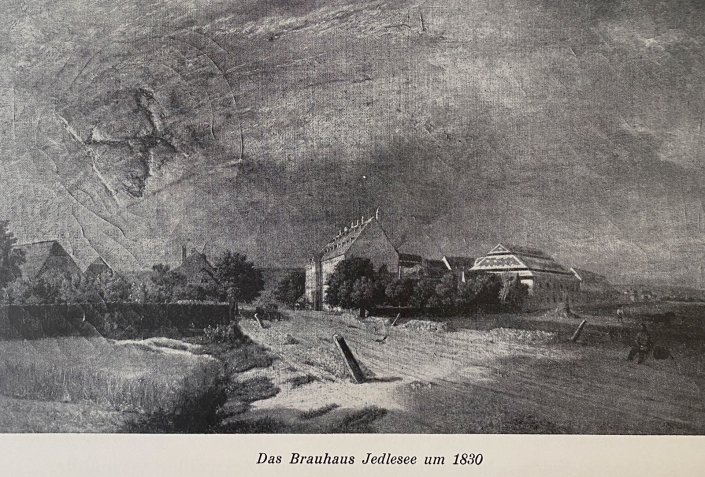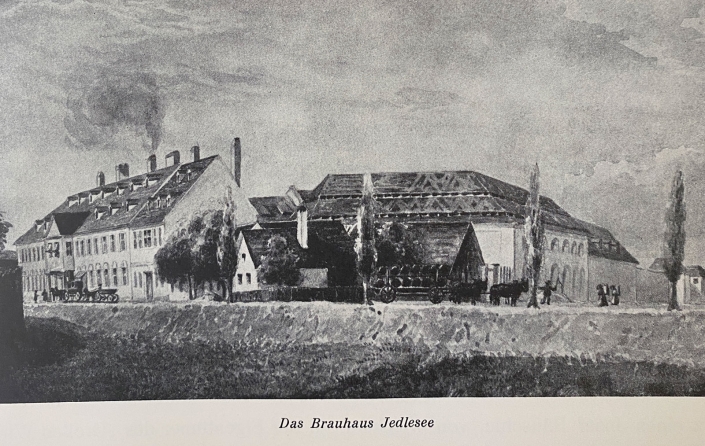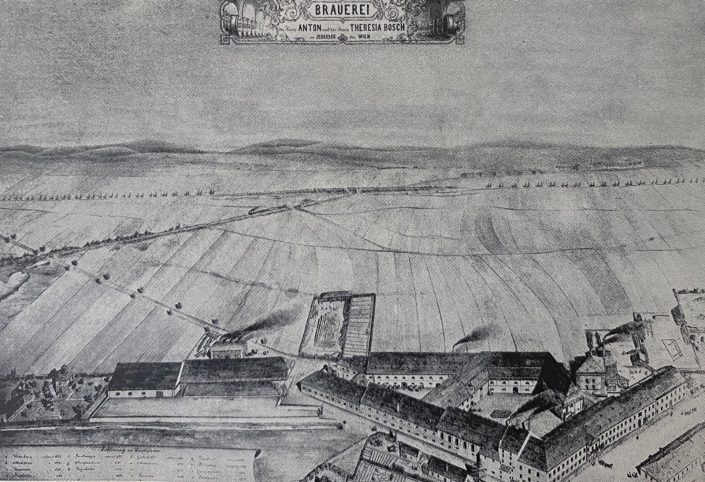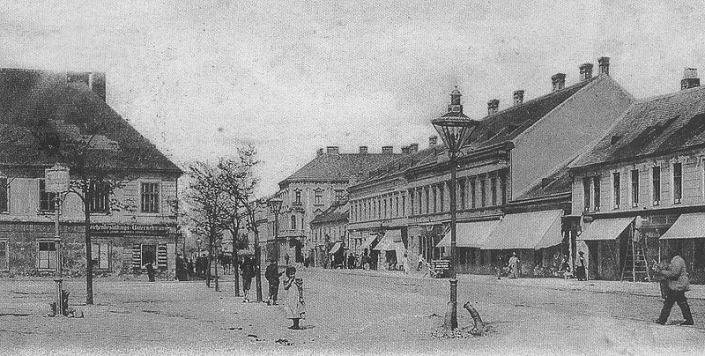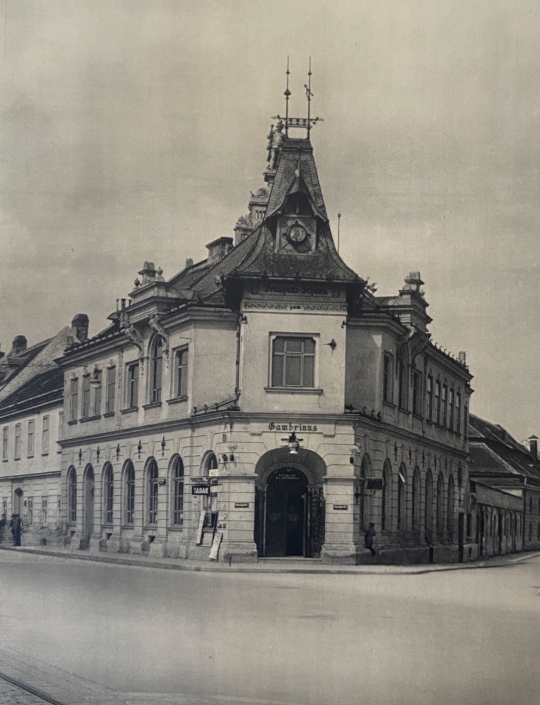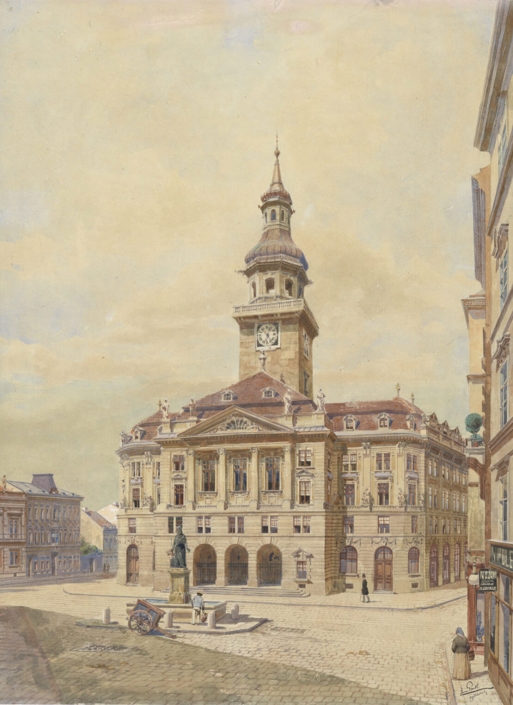10.000 hours in appreciation for Mautner Markhof
A project of this dimension – meaning the present website – cannot be completed with conceptual know-how, creative strength, willingness to work and perseverance only. It is the soul of a work that forms its perfection – and I had good companions who made it possible for me to accomplish this work with soul. Each of them has strengthened and motivated me again and again – each one in his own way; some of them actively, some of them just in memory of, some of them sporadically, some of them constantly. They are the ones whose contribution I do not want to leave unappreciated and therefore dedicate the following lines to Adolf Ignaz, Carl Ferdinand, Victor, Manfred II, Ursula/Uki, Maximilian, Viktor, Abi & Rike, and finally to Theodor Heinrich.
Adolf Ignaz
whose pioneering spirit, diligence and will (like his motto to match the coat of arms) made incredible achievements possible for generations over a period of only half a human life. A self-made man with the heart in the right place, whose memory has to be valued far beyond his financial and social achievements and whose biography – as I hope – gives all his descendants the motivation not to just limit themselves to inherited social privileges.
Carl Ferdinand
the one that touched me inside. As a boy, already looking after his family at a young age and still simple and modest, as a young adult, dutifully treading the predetermined path at his father´s side, when a mature man was forced to do so, he saw himself to choose suicide. And this with the simple touching final request for forgiveness, but not to refuse him the sacraments of death.
Victor
whom I personally find refreshingly outstanding in the dynastic context on hand.
Although he was not concerned about social advancement through marriage, which remained childless, he was fond of the fine arts and individual joie de vivre, I cannot avoid the fact that this historically proven cheerful and pleasant contemporary, brother and uncle always brings a smile on my face. And, as I had to realize, he is not sufficiently appreciated for the fact that it is only thanks to his economic decision that the Schwechat brewery could ultimately pass into the family.
Manfred II
the dear Professor, who had always been friendly and benevolent towards me and who had always shared his office at the Seilerstätte with me according to demand. I will never forget our last meeting in the lift on the Stubenring.
Uki
The loving and careful one, whose heart education and attitude may be called more than worthy of a descendant of Adolf Ignaz. A writer herself, she made sure that many valuable things were preserved and could also contribute many detailed account from her own memories.
Maximilian
Who, defying all storms and adversities, works tirelessly with intelligence, humor, ingenuity and a big heart not only to ensure that the values, skills and virtues of previous generations are not forgotten, but also to live them and, above all, to build a contemporary bridge into the 21st century with modern know-how. For Maximilian – the last knight!
Viktor
the best, the most correct and the most reliable partner that one can only ask for and who has never spared the time and effort to bring the project up to date with the most detailed content that we can present on this website.
Abi & Rike
who sifted through their inheritance with so much commitment and dedication and tirelessly research, scan and transcribe over many nights of work. Thanks to them, the Reininghaus line could also – but not only – be resurrected!
Theodor Heinrich
who sent me on this historic journey at the beginning of 2017, which did not only take me through a large part of Austrian history, but also finally made me understand all the stories that I had been listening to – first being completely incoherent to me – over the past three decades. It is only thanks to his vision —, energy, and generosity that everything that once started in Bohemia with Adolf Ignaz and was taken up by Georg (IV) J.E. in the 1990s, was able to find its way out of the paper archives, and with the help of contemporary media it can also be preserved for future generations worldwide.
10.000 hours of Mautner Markhof – may the exciting journey bring many more hours of Mautner Markhof.


